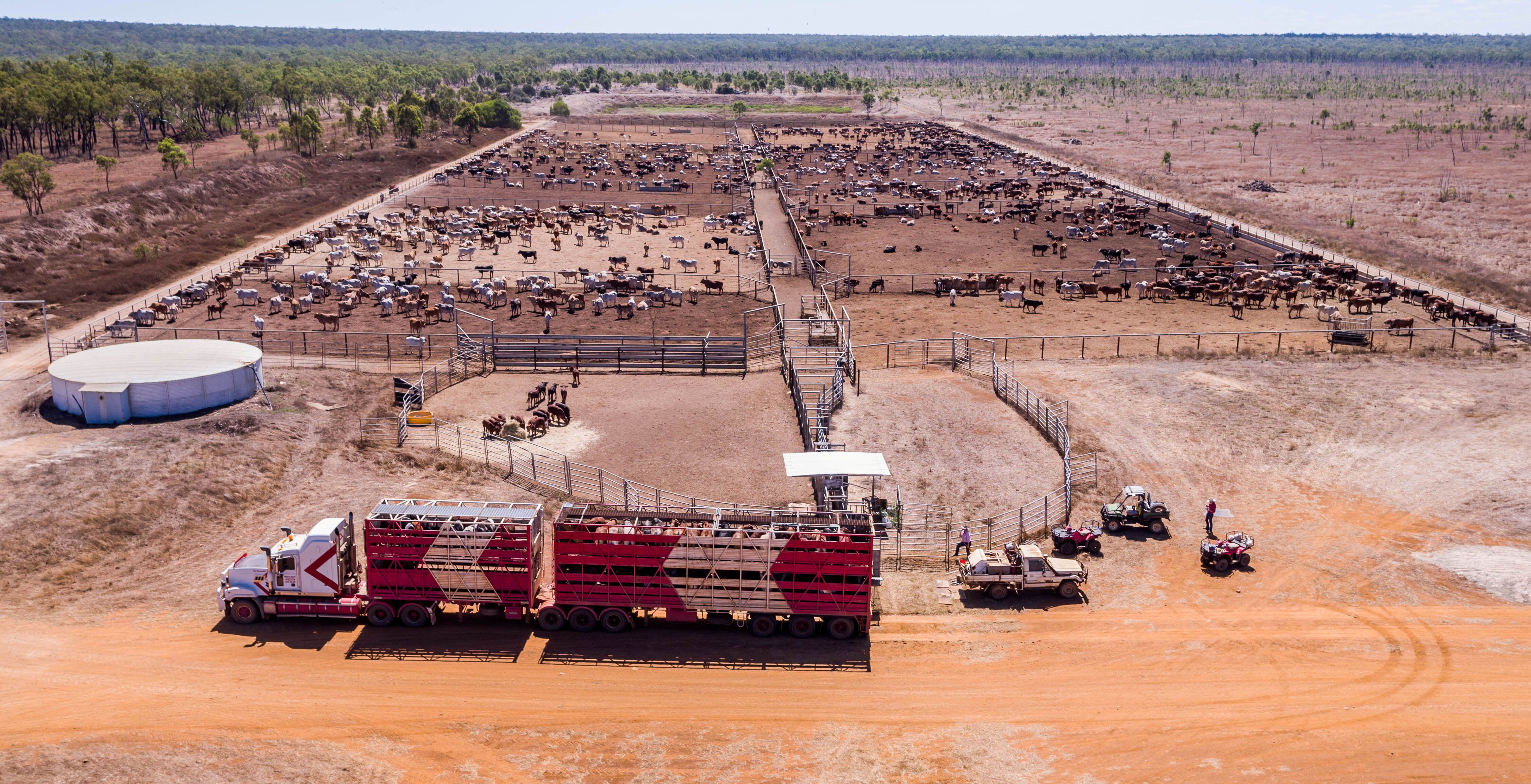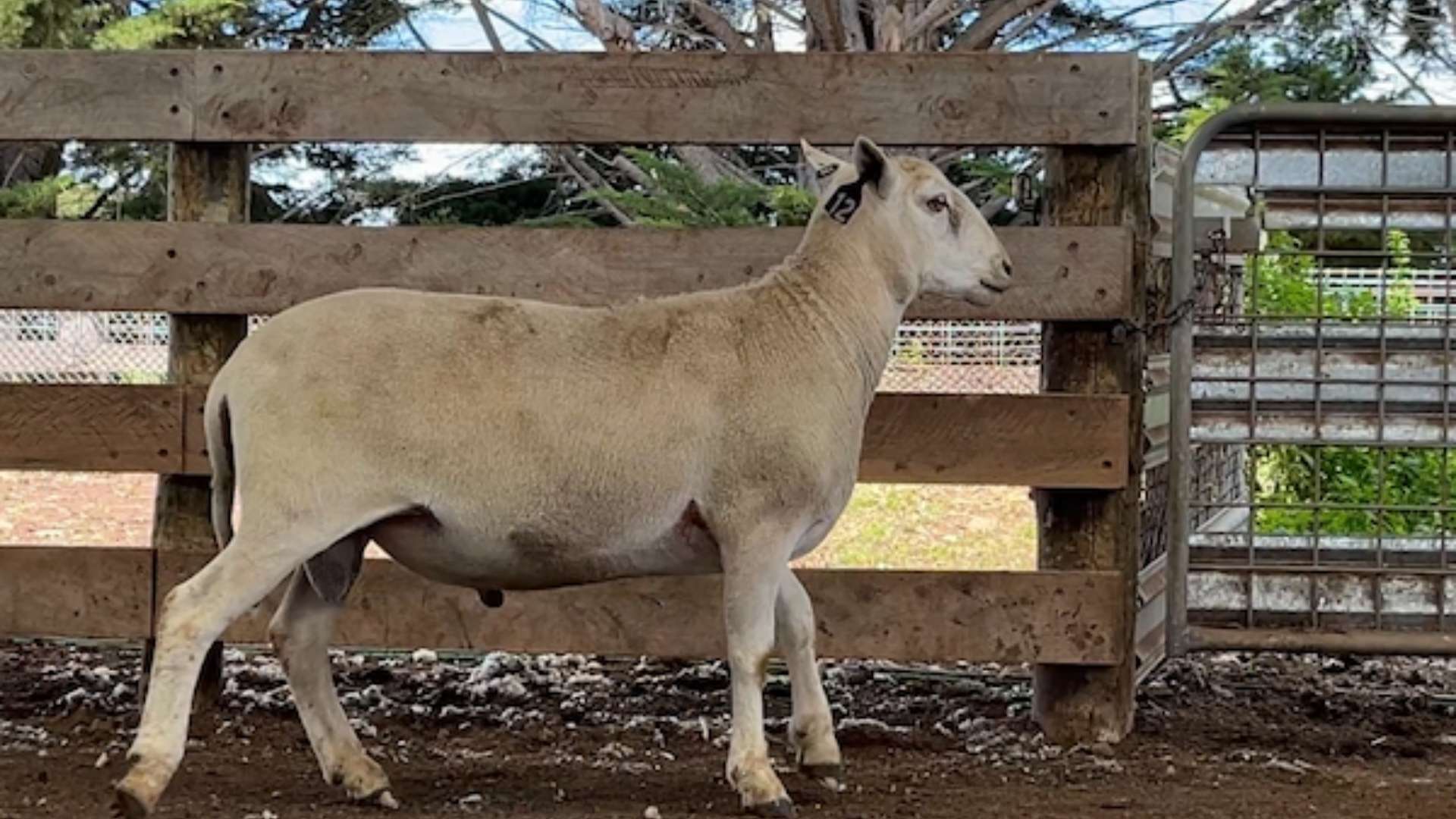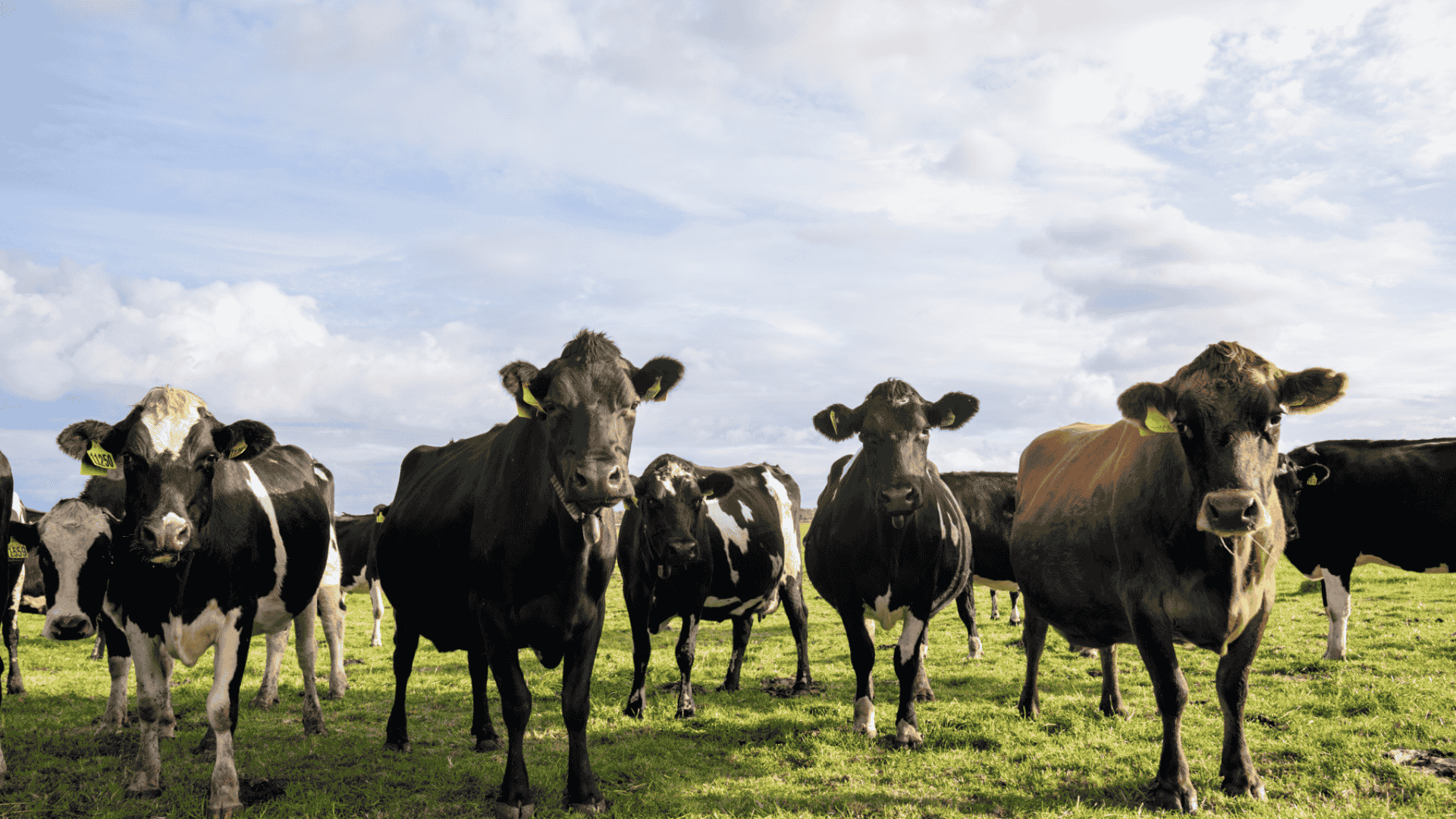Your guide to the 2026 weaner sales on AuctionsPlus
The 2026 selling season is set to commence in early January, with a comprehensive calendar of feature weaner, breeder and store cattle sales being...

In 2024, we saw the largest offering of feeder cattle in 10 years, with 2.4 million head on offer. This trend has continued into 2025, with January seeing the largest offering of feeder steers in the month of January since records began in 2004, at 203,000 head.
The lot feeding industry has grown significantly, with cattle on feed reaching 1.4 million head in the September 2024 quarter, compared to 672,000 head in June 2000.
Comparing the average price of AuctionsPlus Angus steers 400kg+ and the MLA National Feeder Steer Indicator shows an intriguing insight, the gap between the average price of AuctionsPlus Angus steers (400kg+) and the MLA National Feeder Steer Indicator has narrowed from 67 cents in June 2024, to 27 cents in January 2025.
For the beef industry in Australia, the future supply of kill weight cattle appears to be tightening as lot feeders and traders prioritise volume over specific breeds.
This trend is likely to continue in the short term, given the strong global demand for beef and the ongoing expansion of the lot feeding industry.

Mutton prices are an extremely volatile market with a heavy dictation and direct impact from the volume on offer. The Mutton indicator has hovered around the 350c for much of 2025, which is extremely positive when reviewing the slaughter rates from NLRS for the calendar year so far.
January 2025 saw 860,000 sheep slaughtered - the largest for the month of Jan in 22 years, which is not unsurprising after Australian sheep and lamb exports broke records in 2024.
The mutton market is currently benefiting from strong international demand, which is offsetting the impact of high slaughter rates.
Traders and opportunists need to be prepared for rapid price swings and buying opportunities. What's more, the 860,000 sheep slaughtered in January 2025 is a significant figure and shows the current strength of the Mutton market.
Finally, the impacts of such high sheep slaughter will have an impact on Australian lamb supplies in 2025 and into 2026, such a high number of ewe's being taken out of the system will have to be felt.
Cattle processing capacity has opened up in 2025 with high numbers as beef exports remain strong for processors and producers alike. NLRS reported that January 2025 saw 552,000 head processed across the month, the largest January over the past four years, and well above the five-year average.
What's more, the first week of February saw 140,000 head processed signaling the numbers aren’t slowing and processors are soaking them up. Processing capacity has well and truly recovered any personal issues or hangovers from Covid.
If Australian beef producers are going to capitalise on any global beef shortages throughout 2025, kill space is going to be crucial.
What's more, with such a positive outlook int he global space, and a large Australian cattle herd, it will be interesting to see who or which processors further develop and invest in capacity.
The US female slaughter rate has closed off 2024 sitting at 50%, this is above the average across the past 25 years (which was 48%). These numbers follow up a 2023 which was the highest FSR since 1977.
This is the result of two factors - US ranchers offloading numbers due to drought conditions and also taking high prices on offer, which is resulting in a low base for the Americans to rebuild off.
The impact of a high female slaughter rate in the US for Australian beef producers surrounds our ability to supply a US and global market. Australia is in the box seat to pick up any slack the US cannot supply (both domestically in the US or on a global stage).
However, as always, the season will play a bigger part for Australian, if beef producers do not have a good season in throughout the next two years, we will not be able tot take advantage of supply constraints globally.
2024 marked the third year in a row that Australian lamb slaughter has been higher than New Zealand. Reviewing NLRS numbers saw 2024, as the largest year on record seeing 23 million lambs processed through the system.
High lamb exports and domestic consumption has aided in moving the product from Australian shores. New Zealand experienced severe drought in the South Island, resulting poor ewe condition impacted lambing performance.
From an Australian lamb producers perceptive 2024 was a stella year. The export markets have been taking Australian lamb due to shortages and high prices in beef, and also there has been extensive work done opening and building markets which previously has not taken as much lamb.
Australian exports to China have dropped significantly. However, our Trans-Tasman neighbours have picked up that slack with China becoming their largest export destination for lamb.

Source: MLA, NZ Beef + Lamb, NLRS, AuctionsPlus, USDA
Tom Rookyard is the General Manager at Ottley Livestock Finance.
.png)
The 2026 selling season is set to commence in early January, with a comprehensive calendar of feature weaner, breeder and store cattle sales being...

The first-ever stud ram sale to use integrated Sheep Genetics ASBV data on AuctionsPlus has been hailed a success, with buyers responding strongly to...

Victoria and NSW have both green-lighted virtual fencing technology for cattle this week. Farmers adopting this technology, which uses collars with...